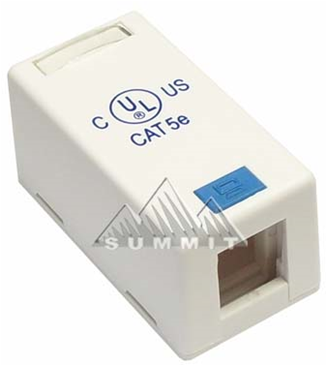Hey all,
I'm designing a small lighting system for a small local venue. It doesn't get very heavy use and doesn't have a huge budget so we are going to go with four portable dimmer packs, a smart fade, and a dozen S4 Jrs. I'm having double the power outlets installed at the battens so renters can add four additional dimmer packs of their own to expand the house system. They also should be able to rent their own more complex console if they want.
My question is how to distribute control cost effectively. I'm thinking the cheapest way, (and a somewhat future proof way) is to build a small ethernet network. One line from the control console location to a hub located in the ceiling, then branch lines out to the dimmer locations. That's cheap. Then at the ends I'll install 5 pin XLR plugs instead of RJ45 jacks (as has been discussed here in the past). Cheaper than a true DMX run, cheaper than dmx over ethernet the way the factories do it with nodes, and more universally adaptable than going with a specific manufacturer's network control protocol at this point. Down the road if they decide they need to go ACN they can simply pull the 5 pin XLR plugs and replace them with RJ45 jacks and the system is good to go.
Seems like an easy and cheap solution. What do you think? Am I missing anything? Anyone have a better idea? Is Cat 5e the cable to choose for the job?
I'm designing a small lighting system for a small local venue. It doesn't get very heavy use and doesn't have a huge budget so we are going to go with four portable dimmer packs, a smart fade, and a dozen S4 Jrs. I'm having double the power outlets installed at the battens so renters can add four additional dimmer packs of their own to expand the house system. They also should be able to rent their own more complex console if they want.
My question is how to distribute control cost effectively. I'm thinking the cheapest way, (and a somewhat future proof way) is to build a small ethernet network. One line from the control console location to a hub located in the ceiling, then branch lines out to the dimmer locations. That's cheap. Then at the ends I'll install 5 pin XLR plugs instead of RJ45 jacks (as has been discussed here in the past). Cheaper than a true DMX run, cheaper than dmx over ethernet the way the factories do it with nodes, and more universally adaptable than going with a specific manufacturer's network control protocol at this point. Down the road if they decide they need to go ACN they can simply pull the 5 pin XLR plugs and replace them with RJ45 jacks and the system is good to go.
Seems like an easy and cheap solution. What do you think? Am I missing anything? Anyone have a better idea? Is Cat 5e the cable to choose for the job?



